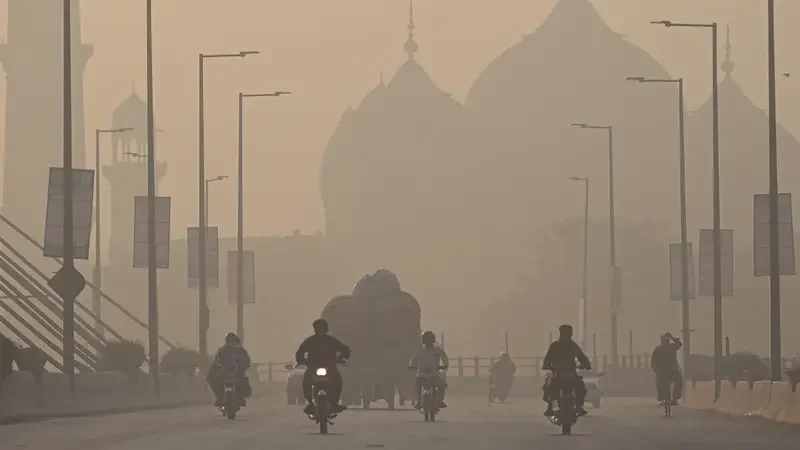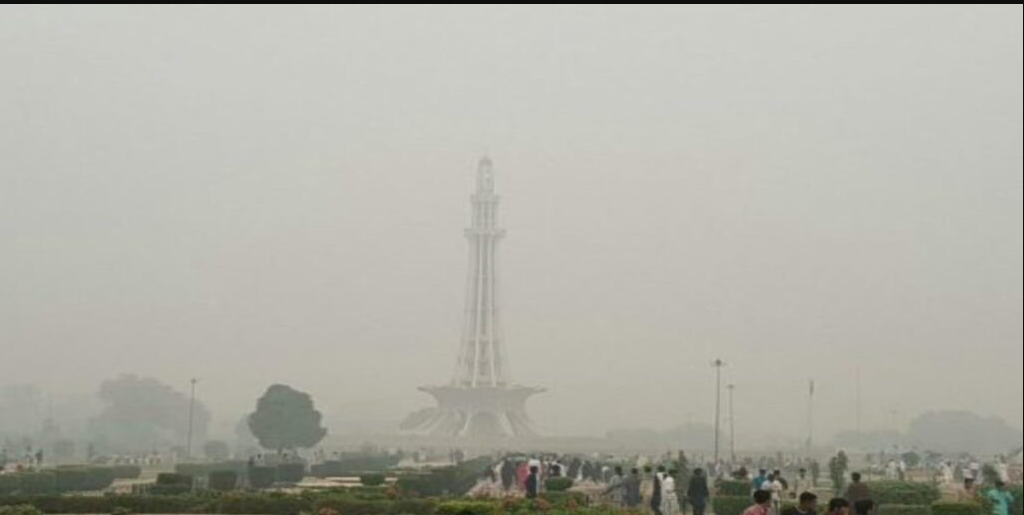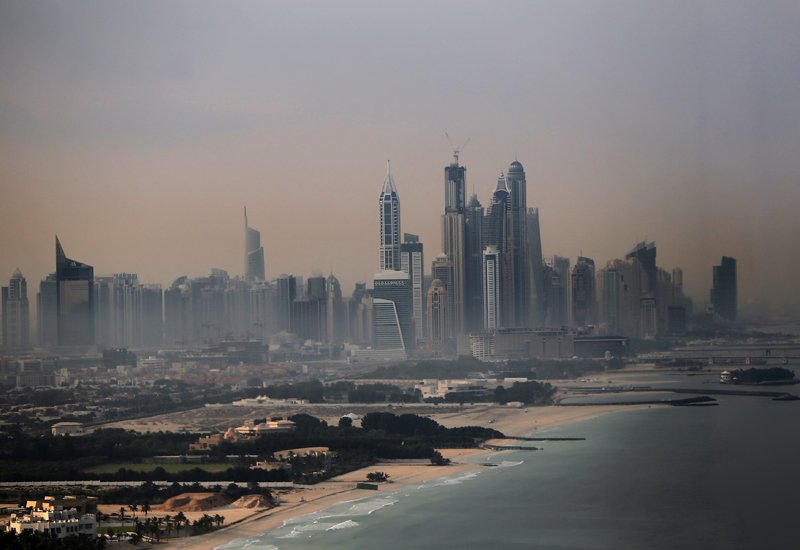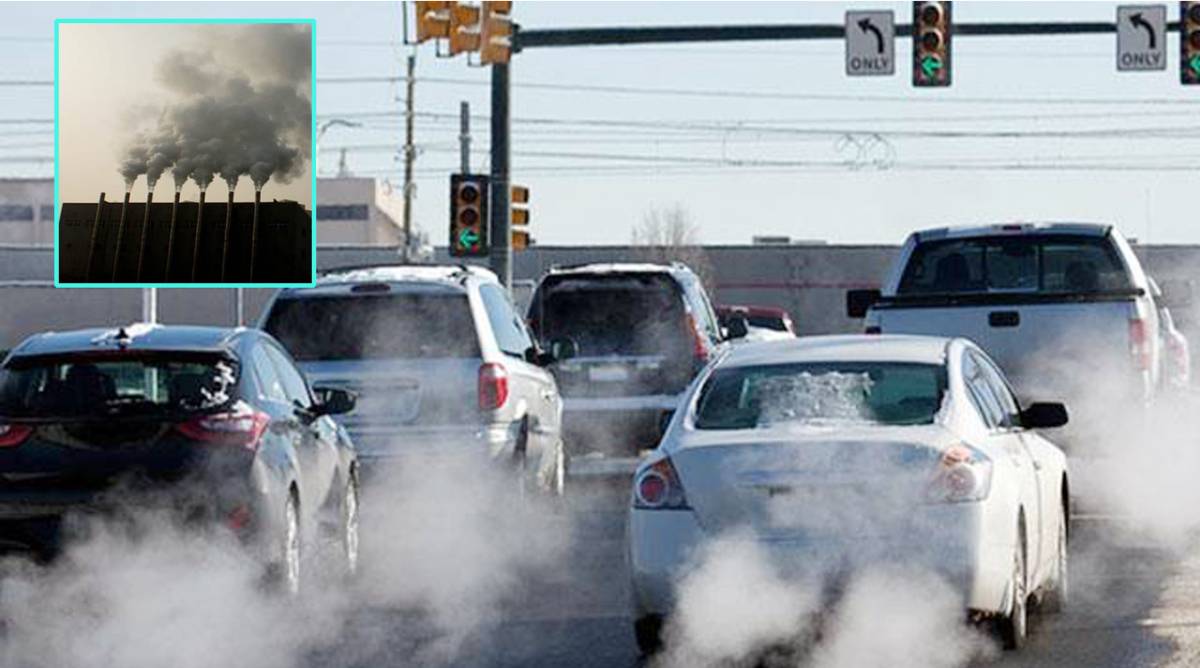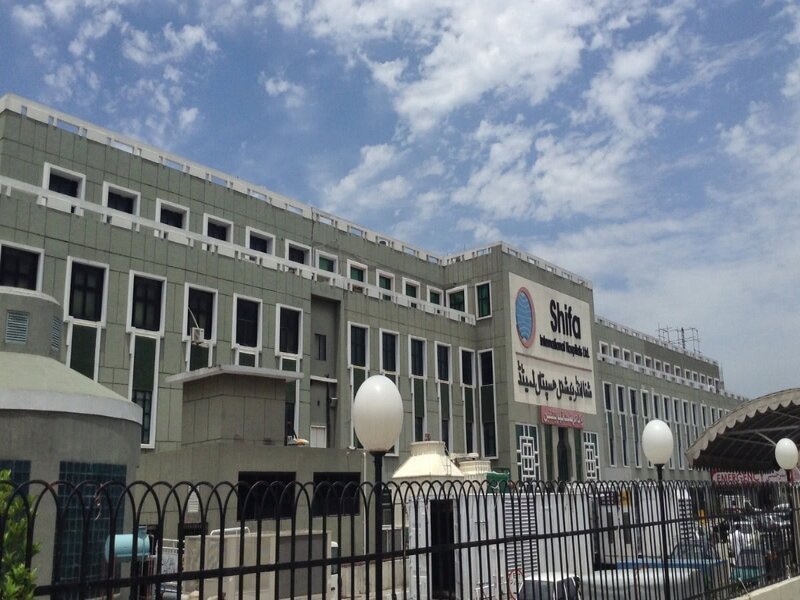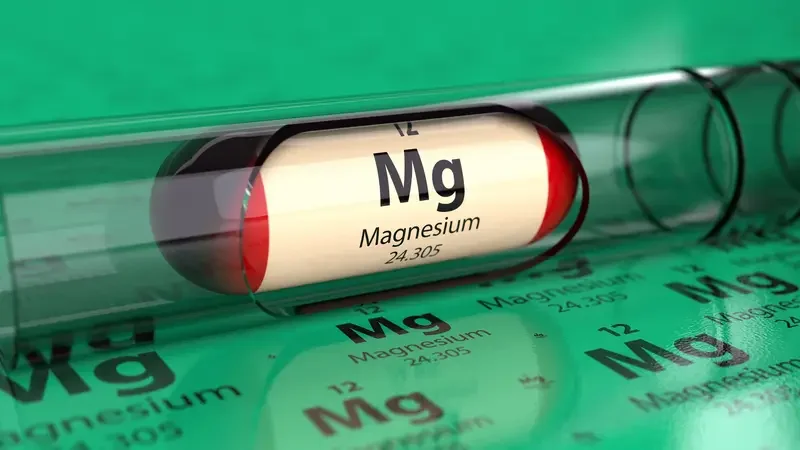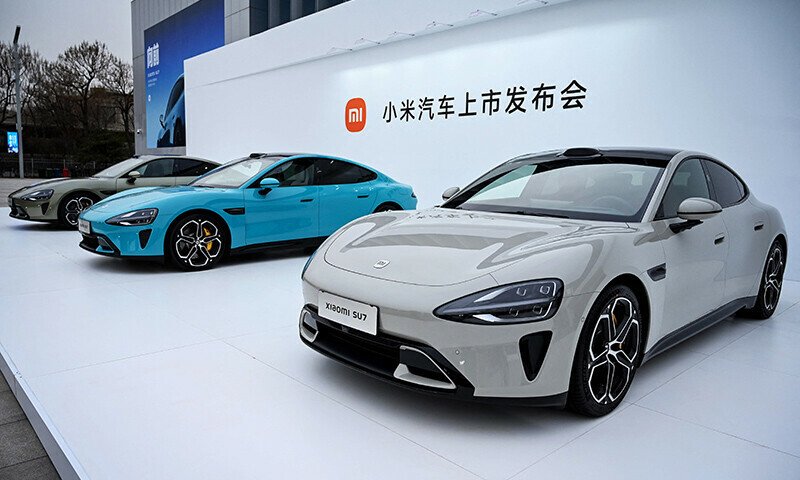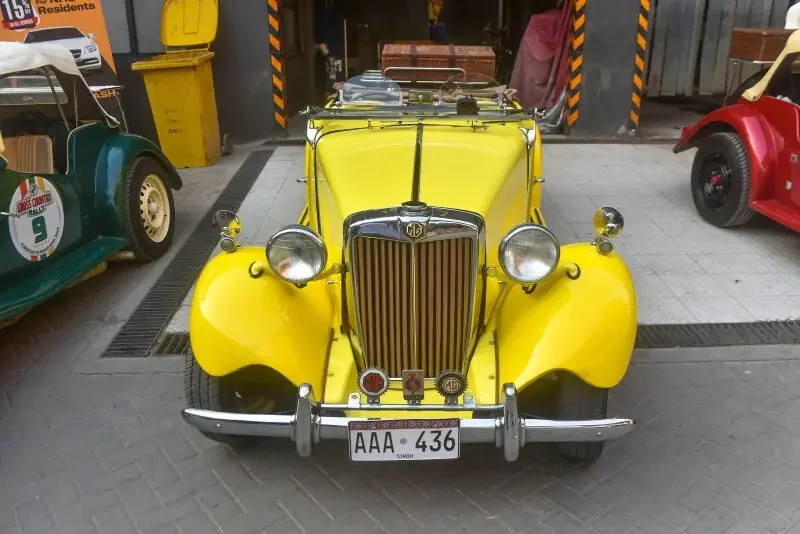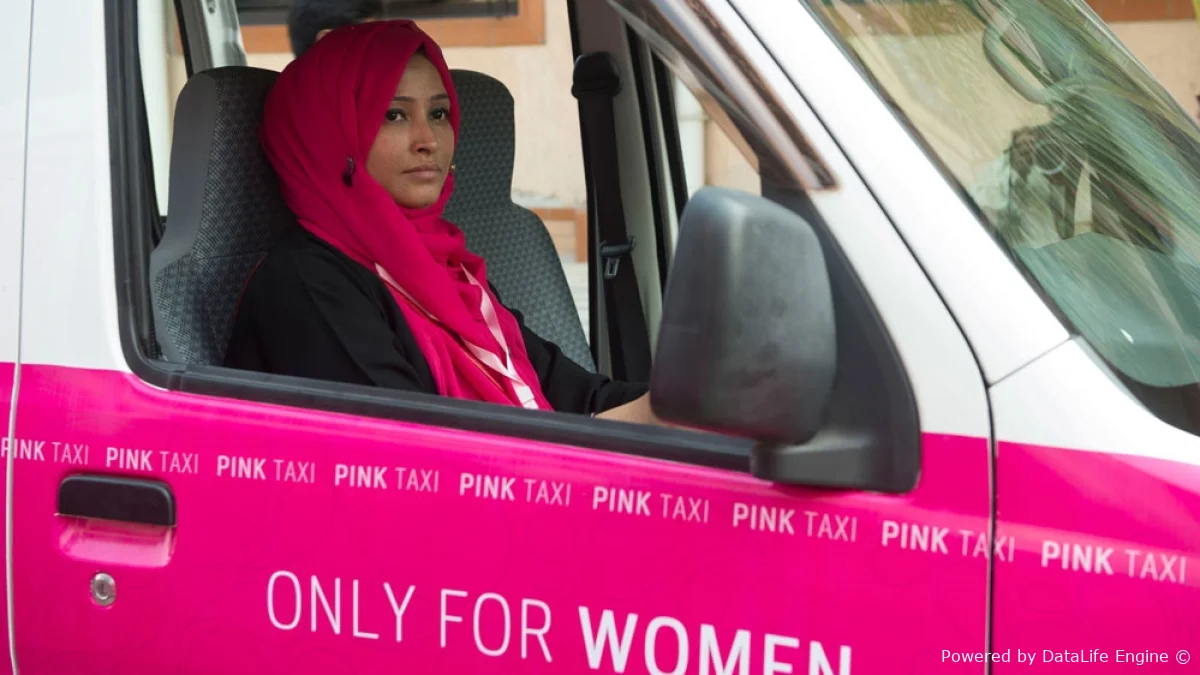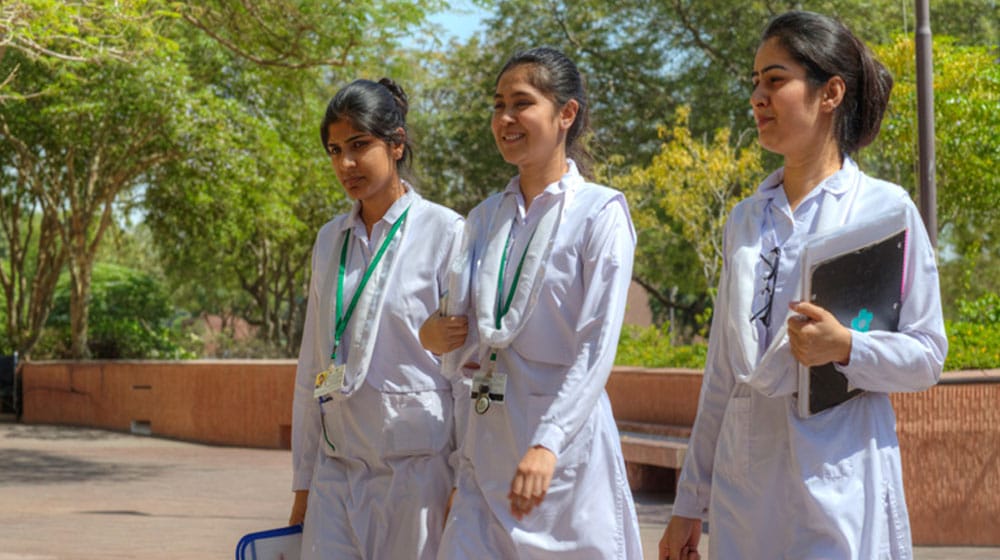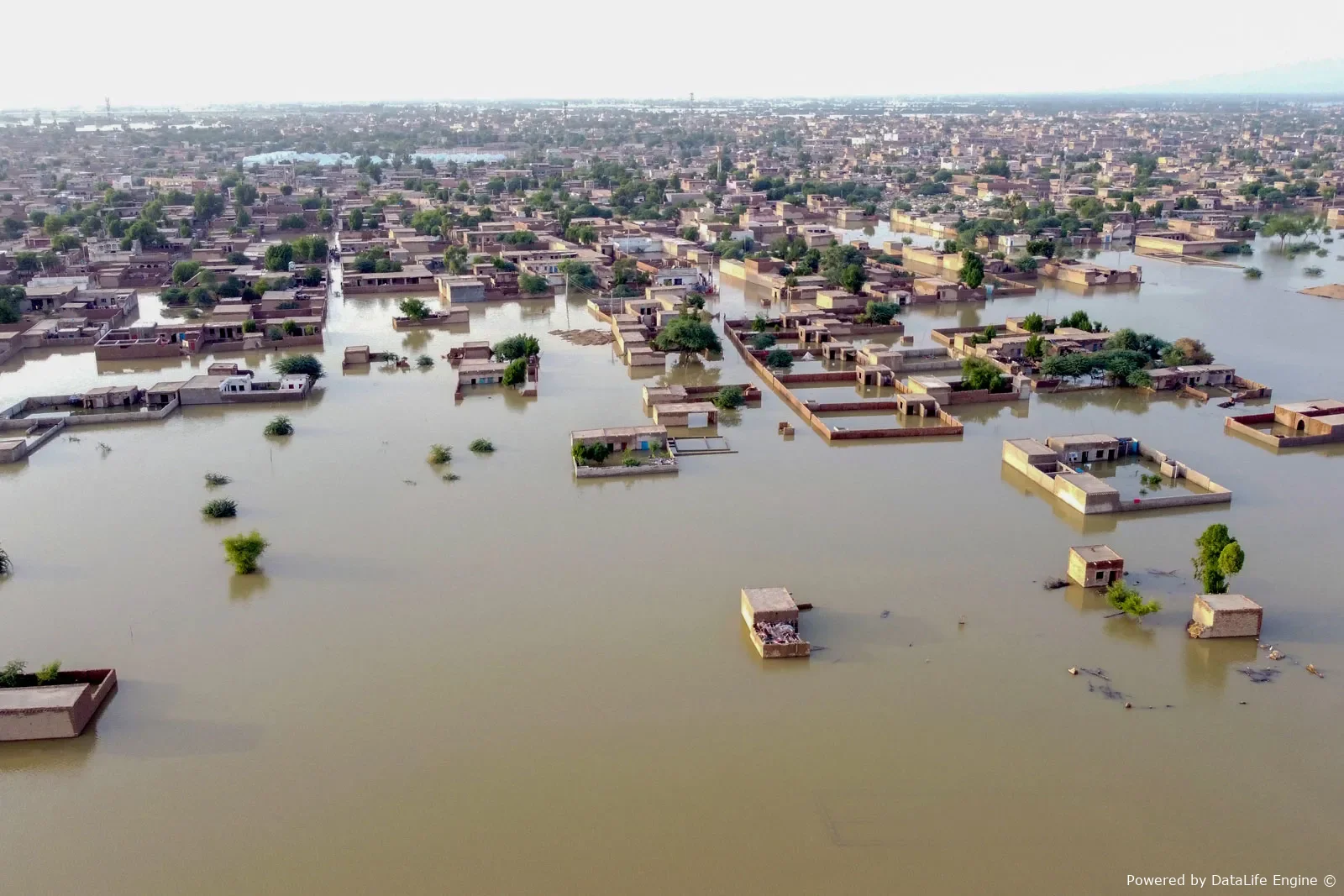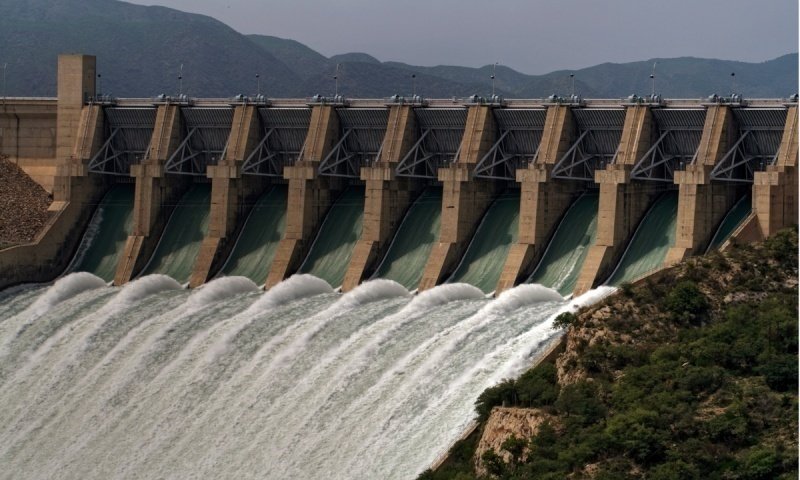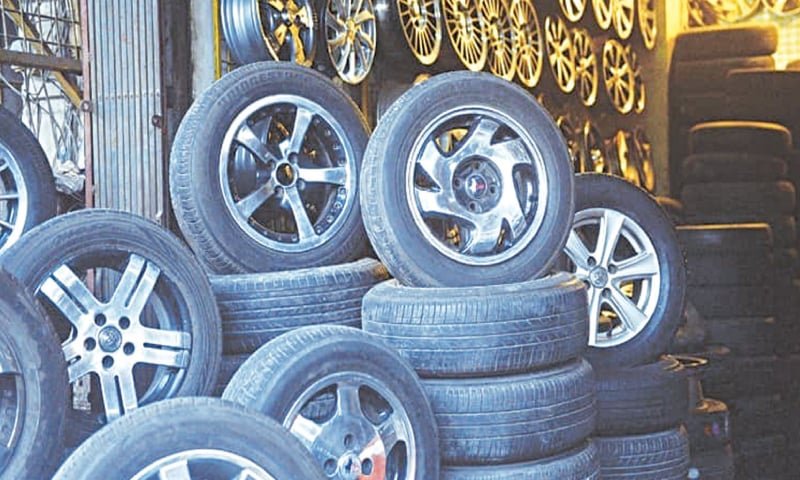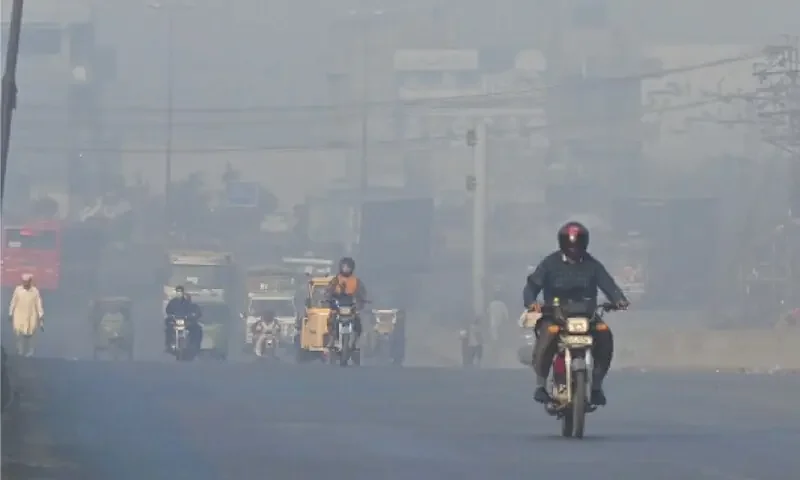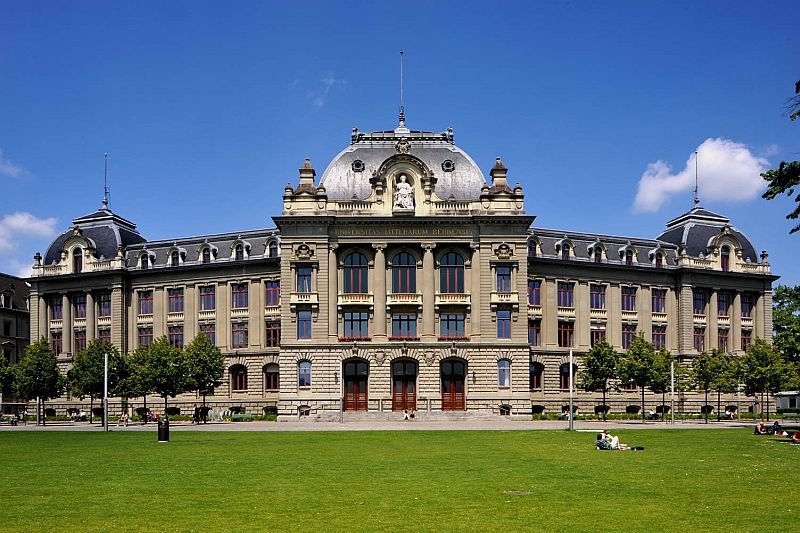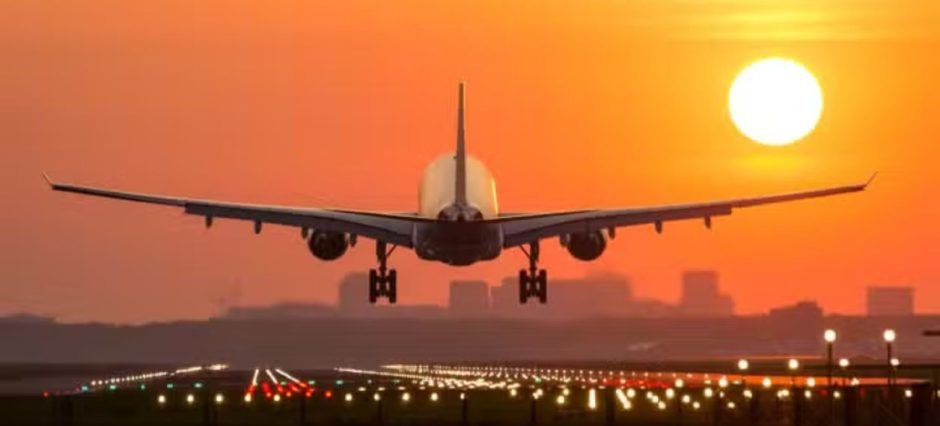According to new data released by IQAir, Lahore has once again topped the global list of most polluted cities, recording an alarming Air Quality Index (AQI) of 535—placing it in the “hazardous” category. The latest figures highlight the city’s worsening air quality crisis, which continues to threaten public health and daily life. Delhi, India, ranked second with an AQI of 496, while Beijing, China, stood third at 174. Karachi, Pakistan’s largest metropolitan city, also appeared among the top five most polluted cities worldwide with an AQI reading of 166, classified as “unhealthy.” Other cities in the top ten included Baghdad (162), Dubai (152), Almaty (149), Johannesburg (137), Dhaka (133), and Chengdu (118). According to IQAir’s global standards, an AQI between 0 and 50 is considered good, 51 to 100 moderate, 101 to 150 unhealthy for sensitive groups, 151 to 200 unhealthy, 201 to 300 very unhealthy, and anything above 300 deemed hazardous. Lahore’s AQI of 535 significantly exceeds safe levels, indicating a public health emergency. Environmental experts have raised strong concerns over these readings, warning that exposure to such high pollution levels can trigger severe respiratory and cardiovascular illnesses, particularly among children, the elderly, and those with preexisting conditions. They have urged immediate government intervention to curb emissions from vehicles, industrial sites, and crop burning—major contributors to smog formation. Lahore and Karachi have both experienced persistent smog episodes in recent years, disrupting transportation, closing schools, and leading to increased hospital visits. Experts emphasize that without urgent action and stricter air quality regulations, Pakistan’s urban centers could face escalating health crises and long-term environmental damage.
